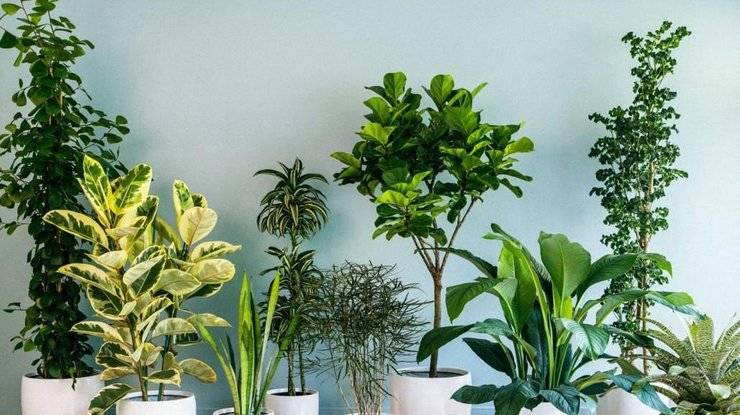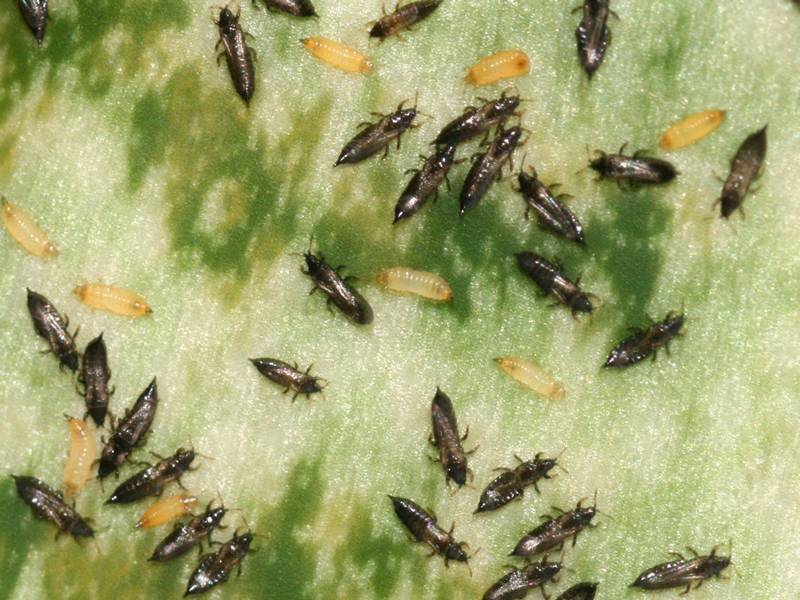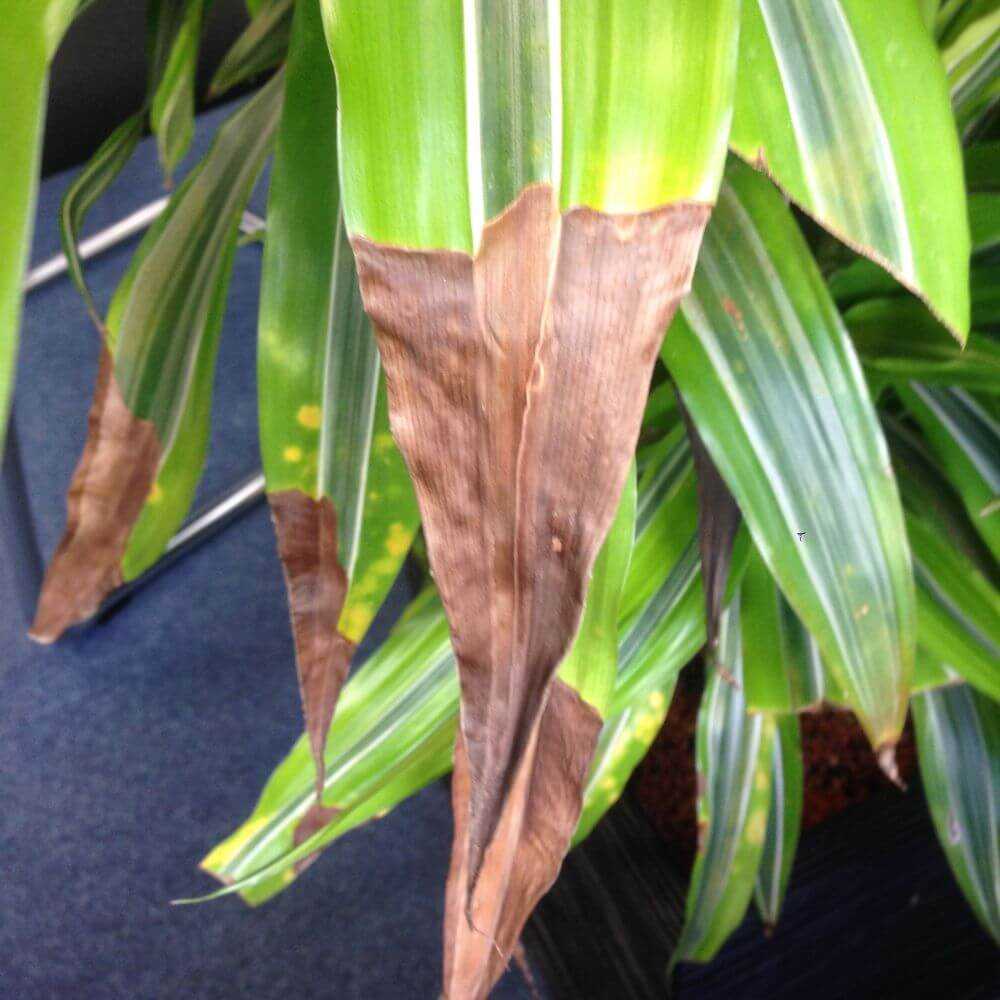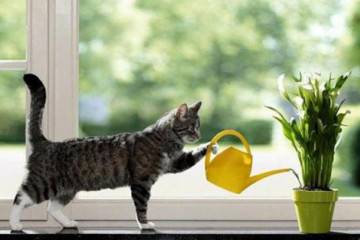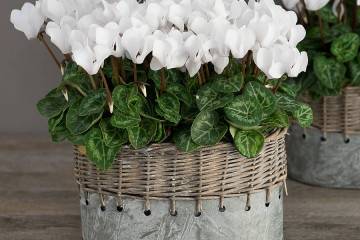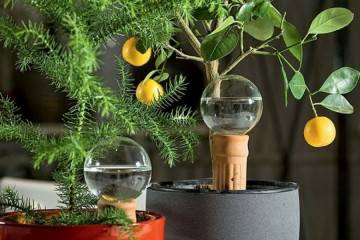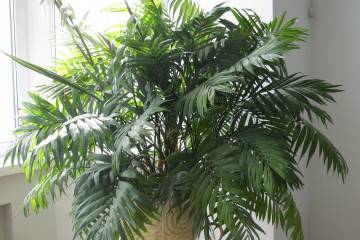Why do the tips of leaves in indoor plants dry?
Content:
Indoor plants are an undoubted decoration of any home. In addition to the decorative function, they purify the air in the room, increase its humidity, can be used for medicinal purposes, reduce the manifestation of allergies, increase concentration and reduce stress. Having a green corner in the house, you need to be prepared for the fact that you will have to take care of it. With improper care or lack of attention, flowers, even with the strongest immunity, can get sick and die. As a rule, the very first symptom of a diseased plant is yellowed and dried leaves.
Why do the tips of leaves in indoor plants dry?
Many factors can cause dry leaf tips in indoor plants. It is important to understand that each indoor flower needs an individual approach and care. Someone prefers high humidity and diffused light, while the other feels great with minimal watering and in the most illuminated place of an apartment, house or office.
The most common causes of dry tips in most plants are:
- Watering with tap water.
Tap water contains many impurities, in particular high concentrations of fluorine and chlorine, which make it too harsh for irrigation.
- Waterlogging of the soil.
Almost all plants do not like excess moisture. If water is supplied in large quantities and stagnates in the pot, the roots begin to rot and the leaves turn yellow.
In this case, the number of waterings is reduced to a minimum in order to get rid of stagnant water in the root system.
On the other hand, a lack of watering leads to the fact that the soil dries up, the amount of necessary macro- and microelements decreases, and the tips of the leaves dry out in indoor flowers.
- Pests.
Attacks of insect pests can provoke the appearance of diseases and, as a result, dry leaves on flowers. In order to avoid this problem, preventive actions should be taken: treat the plant with special preparations against insects and feed it with fertilizers to increase immunity.
Also, for prevention purposes, once every 10 days, it is recommended to wipe the surface of the leaves of indoor flowers with a cloth dipped in soapy water.
- Indoor air is too dry.
For some flowers, the indicator of air humidity is extremely important.
- Frequent use of dressings and fertilizers.
Over-feeding can also cause leaf tips to dry out in indoor plants. It all depends on the perception of feeding and its composition. With a high salt content, fertilizer can burn the roots of the flower, and this, in turn, provokes a darkening of the leaf edge.
Let's look at some of the reasons in more detail below.
Causes of dry leaves in indoor plants
Drying of leaves is the penultimate stage of flower death. Accordingly, the causes of drying can be all of the above factors. In addition, the leaves can begin to dry not only at the tips.
For example, the leaves of a home-grown date palm may dry out at the base or in the middle. An insufficiently large pot may do this. A powerful root system develops quickly enough and if the plant is not transplanted in a timely manner, it becomes cramped for it, it signals this by yellowing the lower leaves.
Leaves dry out during natural aging of the plant. For example, young leaves can replace old dried ones. There is nothing to worry about, this is the usual renewal of the flower.
Drafts can cause the leaves to dry out. This is especially true for those plants that prefer a tropical climate. It is not recommended to place them under the air conditioner or at the intersection of air streams.
Leaf tips dry out due to improper watering
Before purchasing a plant, it is recommended to find out about its preferences, in particular about the amount of water it consumes. The first reaction of a flower to too much watering is the brown color of the end of the leaf. And if the problem was identified correctly, a number of such actions must be taken:
- Find out why the process of stagnation of water in the root system began. It can be small drain holes, insufficient drainage layer, etc.
- The flower needs a transplant if there is no drainage in the soil. Drainage can be made from fine pebbles, expanded clay, broken brick, etc.
- When transplanting a flower, it must be watered abundantly and wait until the earthen lump begins to dry out.
In order to minimize the risks of stagnation of water in the root system, it can be poured into a sump. In this case, the flower will take as much liquid as it needs. But it is important to ensure that the roots do not touch the bottom of the pot and do not have direct contact with water.
The tips of the leaves dry out due to dry air
Typically, this problem is common with tropical flowers. It is especially evident in apartments in winter, when heating devices dry out the air greatly. Only wiping the leaves and spraying can not do here, except that these actions will need to be performed every 30 minutes.
You can use a variety of humidifiers, especially when it comes to the heating season.
Leaf tips dry out due to pests
When pests attack, plant leaves not only lose moisture and shape, they do not soften, but immediately turn yellow and fall off. Most often, home flowers are attacked by sucking pests, that is, those that deprive it of juice. The most common pests are:
- Aphid. The size of the insect does not exceed 3 mm in length. Aphids are very difficult to get rid of. Firstly, the insect attacks the plant in huge quantities, and secondly, it has a strong immunity to many known drugs. A flower affected by aphids quickly loses its natural green color, deforms and dies.
- Shield. The dimensions of the insect are from 3 to 7 mm. The pest's body is covered by a protective shell, which is why the insect got its name. At first glance, the scale on the flower resembles small brown growths. But if the plant slowed down in growth, the leaves began to deform and change color, brown spots appeared on the buds and stems, this is a sign of a scabby attack.
- Mealybug. Outwardly, it is very similar to a scale insect, only its color is milky white. The mealybug secretes cotton-like mucus, which closes the pores of the leaves and prevents sap flow inside the plant.The pest multiplies not only on the surface of the indoor flower, but also in its root system. It often affects anthurium and spaciphyllium.
- Thrips. Insects grow in the inner tissues of the plant. They are able to destroy an adult flower in 20-25 days. Females most often attack plants with large, long leaves, for example, dracaena, palm, some varieties of ficus, etc.
- Spider mite. The very first sign of the appearance of this pest is a thin web entangling leaves and stems. Having hit one plant, he jumps to the next one. It develops very well at relatively low air humidity and high temperatures.
You can fight pests using different methods. In the early stages, you can get rid of insects mechanically, removing them from the plant by hand. For preventive purposes, biological methods are used, which include treating flowers with soap solutions or tinctures based on natural ingredients.
Leaf tips dry out due to water quality
Tap water is not suitable for watering indoor plants.
Irrigation water should be free from alkalis, acids and toxic compounds. Tap water can burn the root system of some plants, such as spathiphyllum, chlorophytum. It is them that are categorically not recommended to be watered with water taken from the city water supply system.
For them, you can use melt water, rainwater or settled. Even purifying tap water with activated carbon tablets will not bring the desired result. When interacting with sorbents, fluorine and chlorine disappear, but the sorbent cannot remove impurities of calcium and salts. Distilled water is a compromise solution for watering indoor plants.
Lack of light or direct sunlight
With a lack or excess of sunlight, the leaves of a houseplant also begin to turn yellow, brown, turn black and dry.
There are plants that can withstand direct sunlight. And even, moreover, they develop well, being in a well-lit place. Others, on the other hand, immediately begin to react with the appearance of dry yellow islets on the leaves and stems.
Both the one and the other cause of yellowing of the leaves is easy enough to eliminate. In the first case, with a lack of lighting, you can purchase a phytolamp and illuminate the plant in the dark. In the second case, with an overabundance of lighting, it is enough to simply rearrange the container with a flower in a darker corner, or shade the space with the help of fabric roller shutters.
Any manifestation of yellow spots on the leaves of indoor flowers can and should be fought. At the initial stages of development of diseases or infestation of pests, it will not be difficult to return the flower to a healthy appearance. In more advanced stages, the plant is recommended to pay more attention and provide regular high-quality care.
